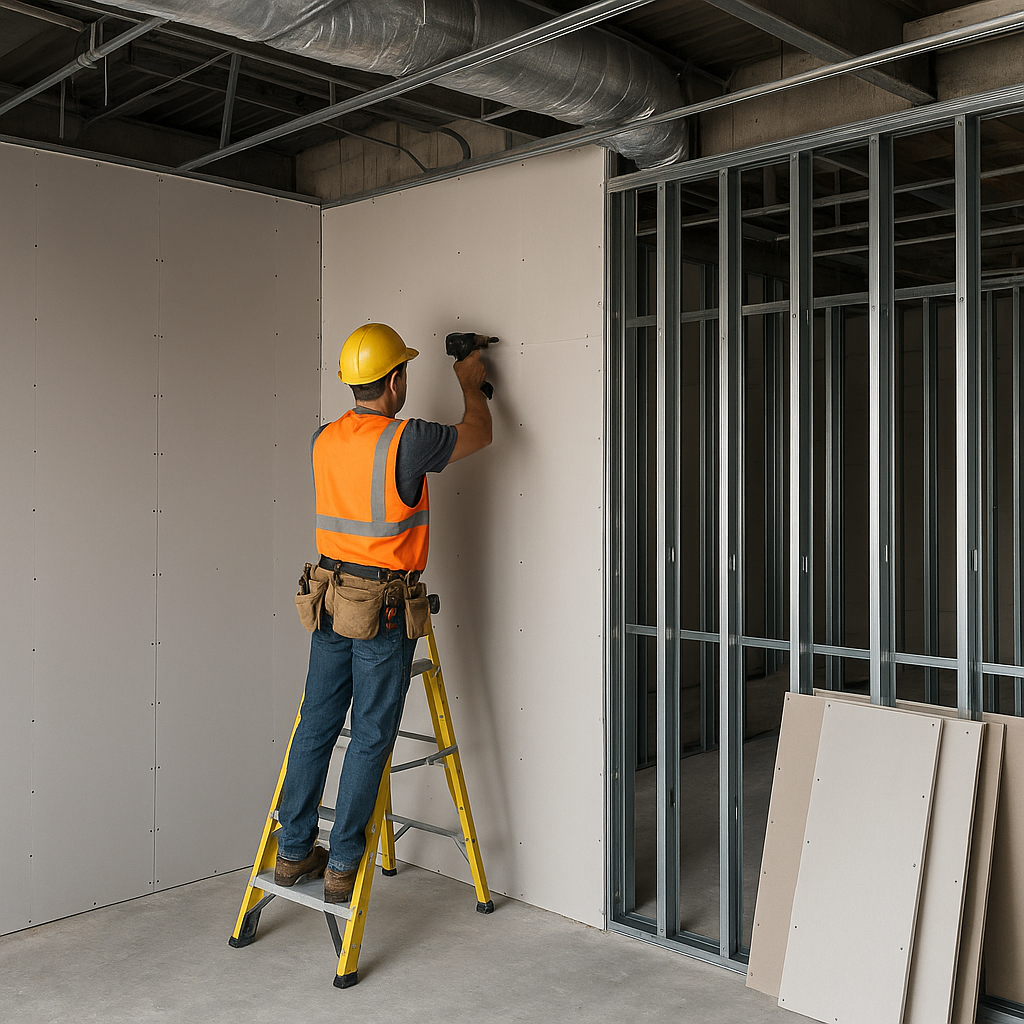
Furring walls—thin framed walls built to smooth out surfaces or to create space for insulation and utilities—play a critical role in both new construction and renovation projects. However, their seemingly simple structure often masks a complex estimating challenge. From determining the true linear footage to understanding the impact of substrate variability and installation methods, furring walls require a nuanced approach that blends field knowledge with data-driven processes.
Estimating furring walls isn’t just about measuring surface area. You must account for wall irregularities, base substrates, attachment methods, and potential penetrations. Errors in these assumptions can result in change orders, delays, and cost overruns—particularly in retrofit or renovation jobs.
Many contractors rely on gut feeling or past experiences to price furring walls. But relying on memory introduces subjectivity and potential bias. A better approach is to use structured, historical production data. This gives you:
Traditional spreadsheets or off-the-shelf software often miss these layers of detail. That’s where Active Estimating makes a difference. Their platform incorporates flexible assemblies and live model data to account for subjective and objective factors in real-time. For instance, if a furring wall is being added to conceal uneven concrete, the estimator can quickly adjust material and labor assumptions without rebuilding the takeoff.
Modern estimating workflows allow you to create furring-specific assemblies that incorporate all components:
These assemblies can be modified dynamically, using rules that apply different cost drivers based on whether the wall is against CMU, structural steel, or existing drywall.
Furring wall requirements often change as field conditions are uncovered. Estimators using continuous feedback systems can document and reconcile these design changes efficiently, leading to:
Such tracking is especially helpful when managing renovations across healthcare, hospitality, or institutional projects where hidden conditions are common and costly if not accounted for early.
Success in estimating furring walls depends not only on initial accuracy but also on ongoing validation. Using drywall estimating tools that capture and learn from completed projects ensures that assumptions made during takeoff evolve into smarter, data-backed insights for the next job.
Furring walls may seem minor in the scope of a construction project, but they often introduce complexities that only experienced estimators understand. By combining practical know-how with data-driven intelligence, estimators can approach furring with precision and confidence—turning what was once a margin-eroding line item into a well-controlled cost factor.
Contact Information:
Active Estimating
508 2nd Street, Suite 208
Davis
California
95616
Rich Schoener
richard@activeestimating.com
(877)
Schedule a personalized demo to see how Active Estimating can work for your specific needs.
